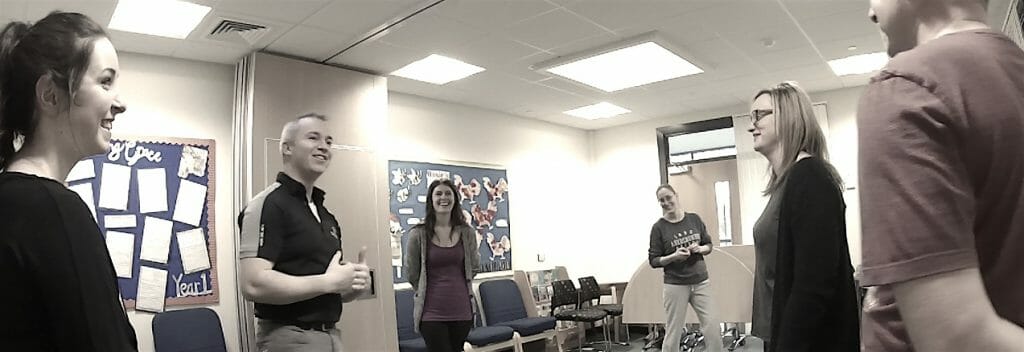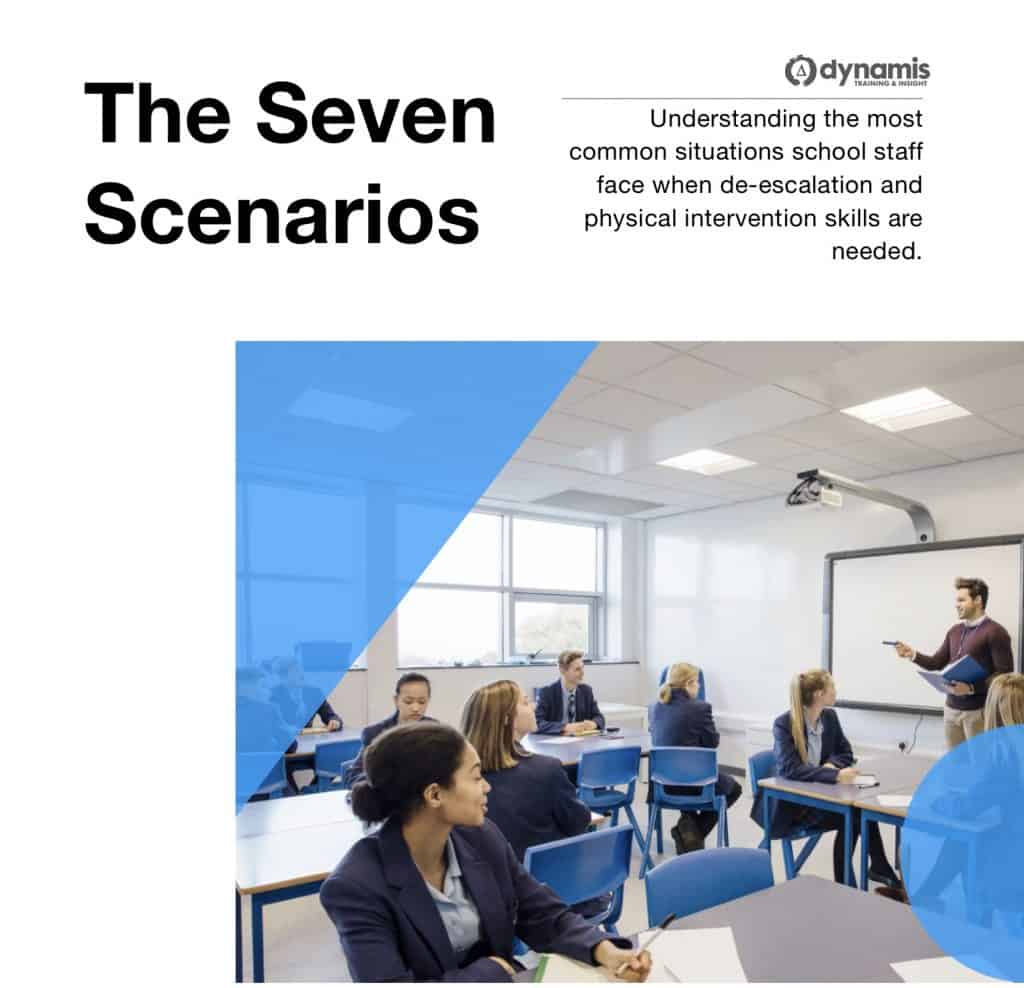Classroom Conflict: Starting off with Good Beginnings
Teachers know that one of the most influential things an educator can do to control behaviour in a classroom is to work with proximity in order to influence attention, cooperation and engagement. Teachers move around the room and interact in different ways to keep their lessons moving forward and manage Classroom Conflict. Where an individual is losing attention, focus, engagement or is beginning to show signs of distress, then it may be time to approach the child and begin a dialogue about what is happening.
BUT, how do you start the interaction in a way which fosters cooperation, dialogue and engagement, rather than just lighting the proverbial “blue touchpaper” and escalating things from the outset?
Here is a video about the Universal Greeting how to begin interactions with children without escalating them into a physical intervention or positive handling situation un-necessarily:
—-

Gerard O’Dea provides tailored Positive Handling and Classroom Conflict training courses for schools and education services providers around the UK, so that children and staff are treated with dignity and shown respect, even in their most difficult moments. Combining respectful verbalisation skills with last-resort physical alternatives has been his specialty for over ten years as director of training for Dynamis [ www.positivehandling.co.uk ]



